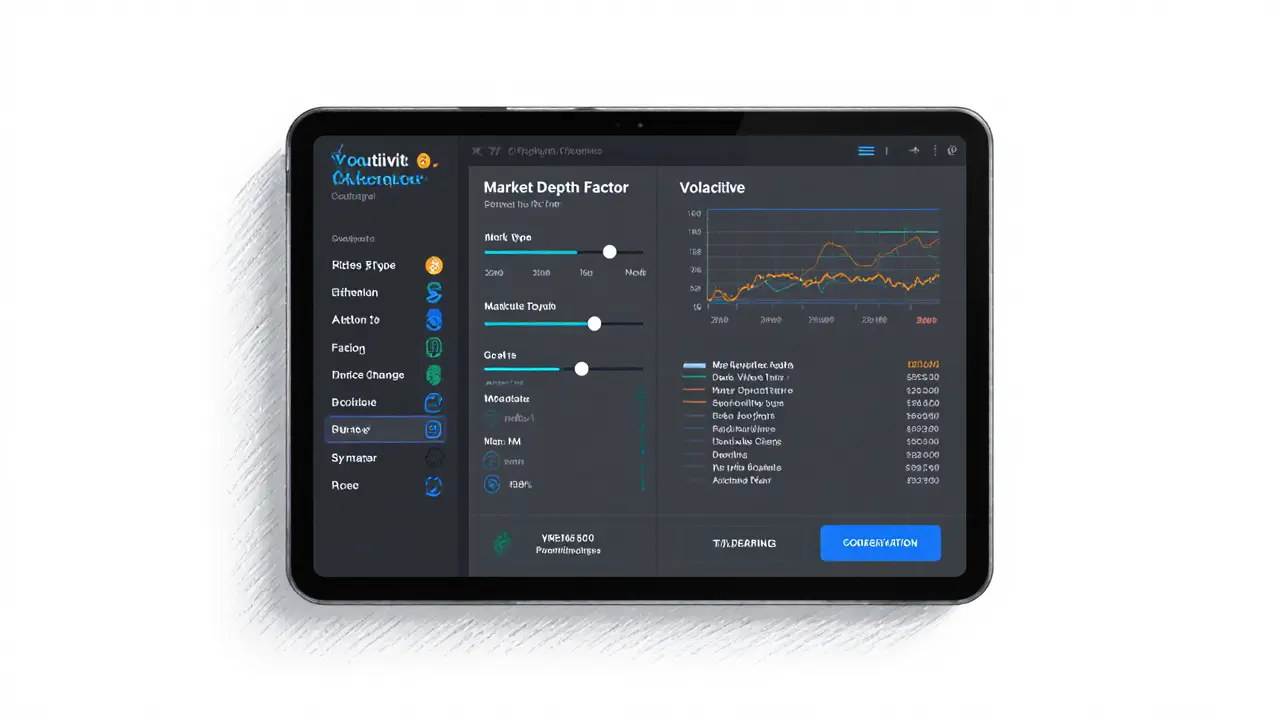Cryptocurrency Volatility: What Drives It and How to Trade Smart
When talking about Cryptocurrency Volatility, the rapid and often unpredictable price changes that digital assets experience. Also known as crypto price swings, it shapes everything from day‑trading decisions to long‑term portfolio risk. Cryptocurrency volatility isn’t random; it reflects a mix of market mechanics, trader behavior, and external forces. For example, Liquidity, the ease of buying or selling an asset without moving its price too much directly influences how sharply a coin can jump. Low liquidity means a modest buy order can push the price far, creating a spike that looks like a pure swing but is actually a liquidity‑driven move. On the flip side, deep liquidity buffers large trades, smoothing out short‑term spikes.
Another key driver is Trading Volume, the total amount of asset traded in a given period. High volume often signals strong interest, which can both amplify and dampen volatility depending on the prevailing sentiment. When bullish news hits a high‑volume coin, the surge can be massive because many participants act at once. Conversely, a sudden drop in volume can make price movements erratic, as fewer orders dictate the market direction. The way orders are placed also matters. Market Orders, instructions to buy or sell immediately at the best available price tend to increase volatility because they take liquidity straight away, often at unfavorable levels during thin markets. In contrast, Limit Orders, orders set to execute only at a specified price or better provide a stabilizing effect; they create price walls that absorb sudden demand and supply shocks, reducing the chance of runaway spikes.
How Regulations, Fees, and Market Structure Shape Volatility
Beyond pure market mechanics, external factors like Regulatory Changes, new laws or guidelines that affect how crypto can be bought, sold, or held can trigger sharp moves. An announcement of tighter exchange rules in a major market often forces traders to reposition, sparking a surge in both volume and volatility. Similarly, Exchange Fees, the costs charged by platforms for executing trades influence order flow; higher fees may deter frequent market orders, indirectly calming volatility, while fee cuts can encourage more aggressive trading, feeding price swings. The overall market structure, including the presence of decentralized exchanges, sidechains, and cross‑chain bridges, adds layers of complexity. When a new bridge opens, liquidity can flow quickly between ecosystems, creating temporary imbalances that manifest as volatility spikes. Understanding these connections—liquidity feeding price swings, trading volume magnifying moves, order types shaping impact, and regulations shifting sentiment—helps traders anticipate risk and design strategies that either capture the upside or protect against the downside. Below, you’ll find a curated collection of articles that dive deeper into each of these elements, offering step‑by‑step guides, real‑world examples, and tools to manage cryptocurrency volatility effectively.
Understanding Cryptocurrency Volatility: Causes, Measurement & Risks
Learn what cryptocurrency volatility means, how it's measured, the forces behind price swings, and practical ways to manage risk in a high‑volatility market.
VIEW MORE
